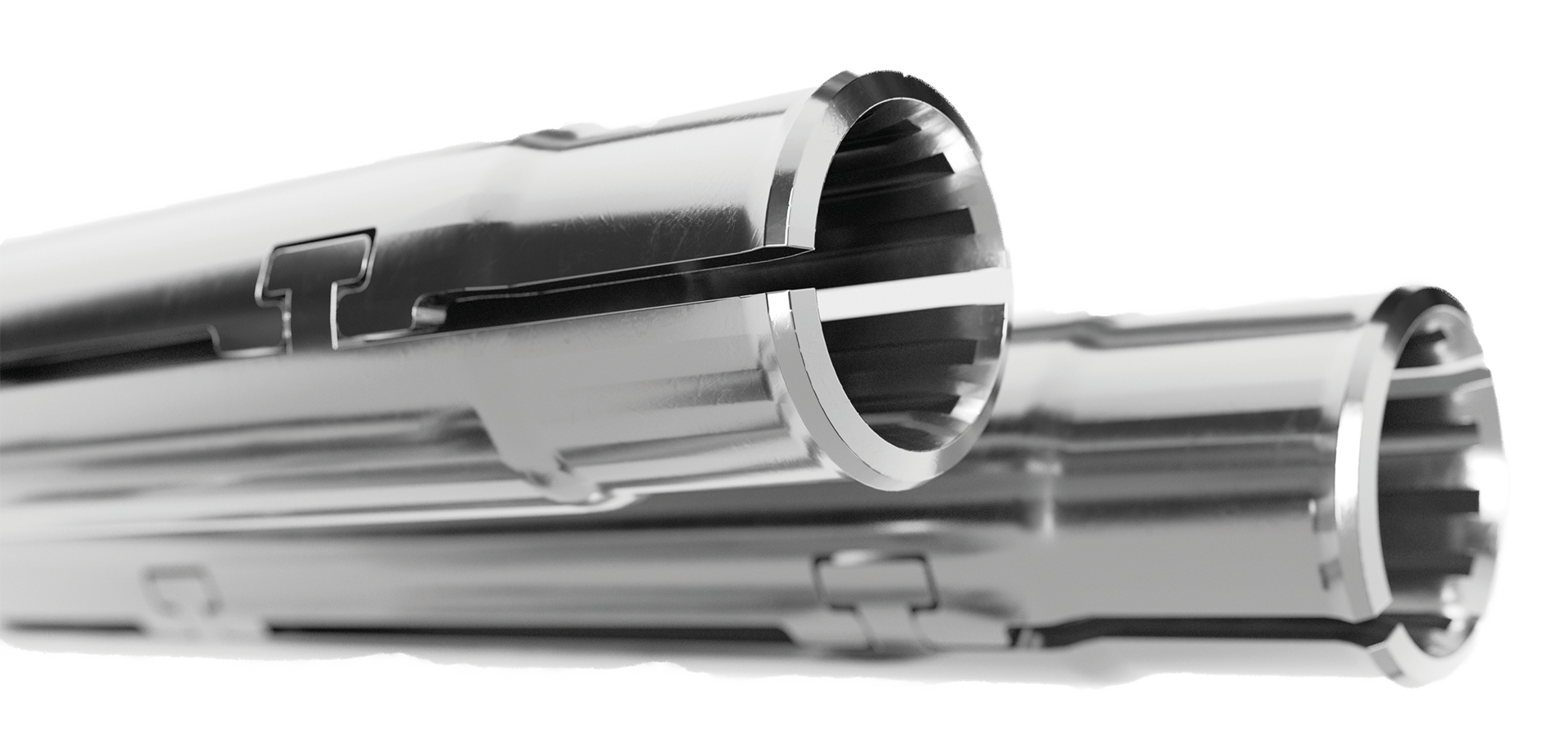
 KONTEX-ULTRA - Connection technology
KONTEX-ULTRA - Connection technology
Extra stable, patented and REACH- & RoHS-compliant - that is the new KONTEX ULTRA connection technology from Bals.KONTEX-ULTRA was developed under the title „Green-Connect“ to meet the environmental demands of an evolving industry. All 16 + 32A QUICK-CONNECT products contains no lead.
KONTEX-ULTRA is the logical further development of the KONTEXPLUS contact technology from Bals, which has proven itself for years. Thanks to a new production process and advanced new technology, the contact sleeves achieve even better properties with significantly lower plugging and pulling forces.
|
|
RESOURCE-SAVINGKONTEX-ULTRA contacts in 16A + 32A QUICK-CONNECT products icontains no lead. All these products are produced using only recyclable materials, thereby fulfilling the principle of sustainable production. |
|
|
IMPROVED CONDUCTIVITYOur INNOLINQ products guarantee optimum contact and conductivity. This is ensured by a specially developed base material in combination with a highly complex strain-hardening technology of the contacts. |
|
|
REACH & ROHS COMPLIANTINNOLINQ with QUICK-CONNECT satisfies the strict planned EU REACH & RoHS directives of the future. |
|
|
REDUCED PLUGGING AND PULLING FORCESSmooth surfaces on the pin and an improved sleeve design reduce the insertion and withdraw forces when plugging in or unplugging our INNOLINQ plug and socket systems. Furthermore, increased fitting accuracy simplifies handling considerably. |



